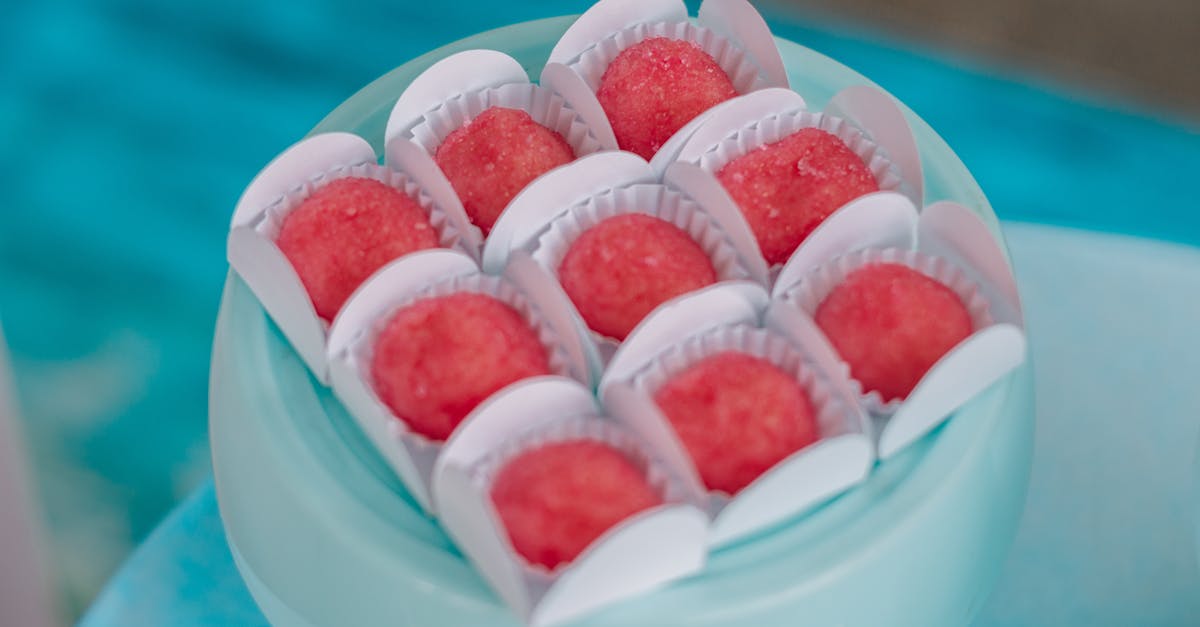“Elevate Your Dinner Parties: Tips for Setting a Stunning Table”

The presentation of a dish has always played a crucial role in the dining experience, and it is arguably more significant now than ever before. Whether it exudes a relaxed and homey vibe or a vibrant and celebratory feel, the appearance of a dish can make it more shareable and enjoyable. According to Chandra Ram, the associate editorial director of Food & Wine magazine, chefs understand that diners often spend a considerable amount of time admiring their plates before indulging. Thus, the visual appeal of a dish serves as an essential element in creating a memorable and aesthetically pleasing culinary experience, particularly for dishes destined for social media platforms like Instagram. A beautifully presented plate not only enhances the overall dining experience but also improves the quality of images shared online, promoting greater visibility and engagement.
The home, like the restaurant industry, is evolving in terms of design. New tableware options are emerging, with plates in innovative shapes and colors replacing the traditional white ceramic circle. According to Thomas Kastl, the director of dining at Ambiente, a global home trade fair in Frankfurt, chefs and restaurants are exploring new ways of food presentation. The latest trend is leaning towards handmade-style tableware or irregular shapes inspired by nature such as leaves or shells. Explore the creative potential of dishes and set an inviting mood with the latest innovative tableware options.
The trend towards stone materials suggests a connection to humility, tradition, and skillful artistry. This trend is also indicative of a more casual approach to table setting in upscale dining establishments, according to Kastl. A broader shift in interior design is evident, notes Blair Donovan, a senior editor at Apartment Therapy. In recent years, there has been a focus on soft, flowing furniture; now we are seeing these shapes extend into the dining room, she explains. Rather than the traditional sleek and angular plates and serving dishes, there is a growing preference for more naturally shaped and asymmetrical designs. Donovan highlights brands such as Food and Soho Home for their promotion of imperfect dining collections, often featuring handcrafted elements.
The unique dinnerware designed by Leanne Ford for Kiln presents a fresh and artisanal appearance reminiscent of pottery created on a wheel. In addition to this collection, the retailer offers the elegant Julo stone collection imported from Portugal, featuring striking blue and brown reactive glazes that form dynamic patterns. The recent trend of scallop trim, as highlighted in Apartment Therapy’s State of Home Design report, has transitioned from home decor to dinner plates, particularly well-suited for serving appetizers and desserts. Ceramicist Jono Pandolfi established his reputation by crafting dinnerware for restaurants beginning in . Collaboration with renowned restaurateurs such as Danny Meyer propelled his business to new heights.
Today, he is currently situated in a ,-square-foot production facility located in Union City, New Jersey. Within this establishment, ten kilns are diligently producing stonee to cater to the needs of home cooks and upscale restaurants throughout the nation. Meanwhile, across New York’s Lower East Side, Bar Miller recently opened its doors to patrons, serving a meticulously curated omakase menu on vibrantly glazed ceramic dishes crafted by local artisans Helen Levi and FeFo Studio. Ram, a renowned figure at Food & Wine, has noted that chefs have expressed their preference for utilizing intricately designed plates to enhance the narrative of their culinary creations. Vintage plate styles, according to Ram, can serve as an homage to familial influences experienced by a chef during their upbringing.
The design on one side of the plate varies, with some patterns inspired by nature such as Fortessa’s Cloud Terre and Northern Lights collections. Others showcase modern art influences. Casa Cubista in Olhao, Portugal, founded by David Pimentel and Arren Williams, takes its name from the town’s Cubist-style architecture. This popular brand offers handmade plates featuring bold glazes, colorful designs, and abstract graphics. Mud Australia specializes in matte-finish ceramic pieces in delicate shades like pistachio, duck egg, mist, and blossom. In London’s Kitchen Theory food design lab, Chef Jozef Youssef and his team have conducted surveys to enhance their culinary creations.
Conclusion
In conclusion, the use of intricately designed plates in upscale restaurants and trendy eateries like Bar Miller is becoming a popular trend in the culinary world. Chefs are finding that the aesthetic appeal of these dishes not only enhances the dining experience for patrons but also adds depth to the storytelling aspect of their creations. By incorporating vintage plate styles and supporting local artisans, restaurants are able to create a unique and memorable experience for diners, while also paying homage to their own personal influences and heritage. As we continue to see this trend grow, it is clear that the artistry of plate design plays an integral role in the overall presentation and enjoyment of a meal.







